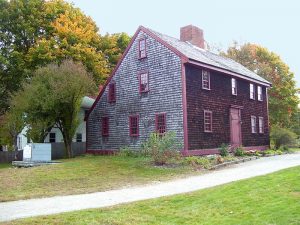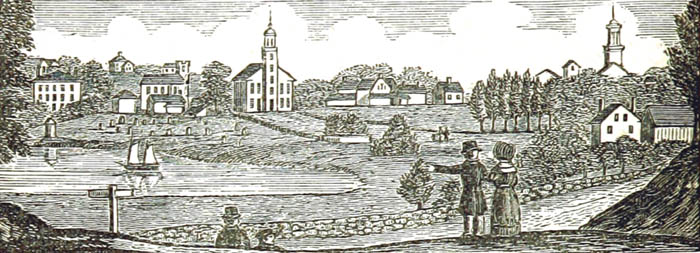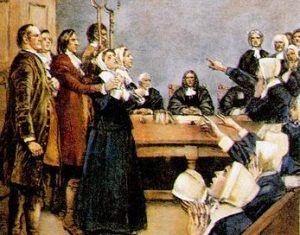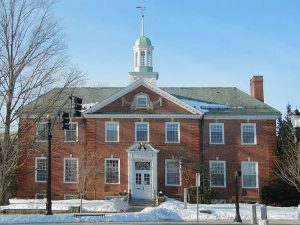Reading, Massachusetts, pronounced like “red-ing,” is located in Middlesex County, about 16 miles north of central Boston.
In the 1630s, the original settlers of Massachusetts arrived, establishing the Massachusetts Bay Colony. Nine years later, in 1639, some Lynn citizens petitioned the colony’s government for a “place for an inland plantation.” They were initially granted six square miles, followed by an additional four. The first settlement in this grant was called “Lynn Village” and was located on the south shore of Lake Quannapowitt. On June 10, 1644, the House of Deputies incorporated the settlement as the Town of Reading, taking its name from Reading, England.
The first church was organized soon after the settlement, and the first parish, later known as South Reading, became Wakefield in 1868. A special grant in 1651 added land north of the Ipswich River to the Town of Reading. This area would later become the separate Town of North Reading in 1853. John Parker was one of the founders of Reading. He served as a deacon of the 12th Congregational Church (now the First Parish Congregational Church), which he also was instrumental in establishing. He would also serve as a selectman, constable, and judicial commissioner.
When the witch hunts of the area began in 1692, several people were accused in Reading, including several members of the Dustin family. The first to be arrested was the widow, Lydia Dustin. Though she was never tried and was eventually found not guilty, she died in prison before being released. Later, her daughters, Sarah Duston, and Mary Colson, were also arrested. Though a warrant was issued for her granddaughter, Elizabeth Colson, Constable John Parker was unable to find her, reporting to the court that she had escaped and was likely in Boston preparing to leave the country. Also arrested were Mary Harrington Taylor, Jane Lilly, and Sarah Davis Rice. No one from Reading was found guilty of witchcraft.
In 1694, Abraham Bryant, a farmer, and blacksmith, built the Parker Tavern in Reading. Soon, Bryant and Ephraim Parker operated a tavern on the premises. Bryant’s heirs continued to own the saltbox building until the 1730s, after which it changed hands several times before being acquired by the Reading Antiquarian Society in 1923. The oldest structure in Reading today, it now serves as a museum.

The old Parker Tavern is the oldest building in Reading, Massachusetts, courtesy of Wikipedia.
Years later, many men of Reading played an active role in the American Revolution.
In 1806, the Andover-Medford Turnpike began to be built, providing Reading citizens with a better way to travel to Boston. This road is now known as Massachusetts Route 28. Afterward, several factories were established in the city, including Sylvester Harnden’s furniture factory, Daniel Pratt’s clock factory, and Samuel Pierce’s organ pipe factory. In 1845, the Boston and Maine Railroad came to Reading, improving access to Boston and the southern markets.
More manufacturing facilities were built in the following years, including 13 establishments manufacturing chairs and cabinets and businesses making shoes and neckties.
During the Civil War, 411 men fought for the Union, of which 15 died in action, and 33 died of wounds and sickness. Today, a memorial to these men stands in the Laurel Hill Cemetery. In the years following, the southern markets for many of the products made in Reading declined, and several of its factories closed.
By the start of the 1900s, Reading had grown to 4,969 people, many of whom commuted to Boston for work on the Boston and Maine Railroad and the Eastern Massachusetts Street Railway.
More industrial expansion occurred in the following decades as well as military installations.
Today, though Reading is a suburb of Boston, it continues to have a small-town feel. It is called home to almost 25,000 people.
© Kathy Alexander/Legends of America, updated June 2023.
Also See:
The Salem Witchcraft Hysteria (main article)



